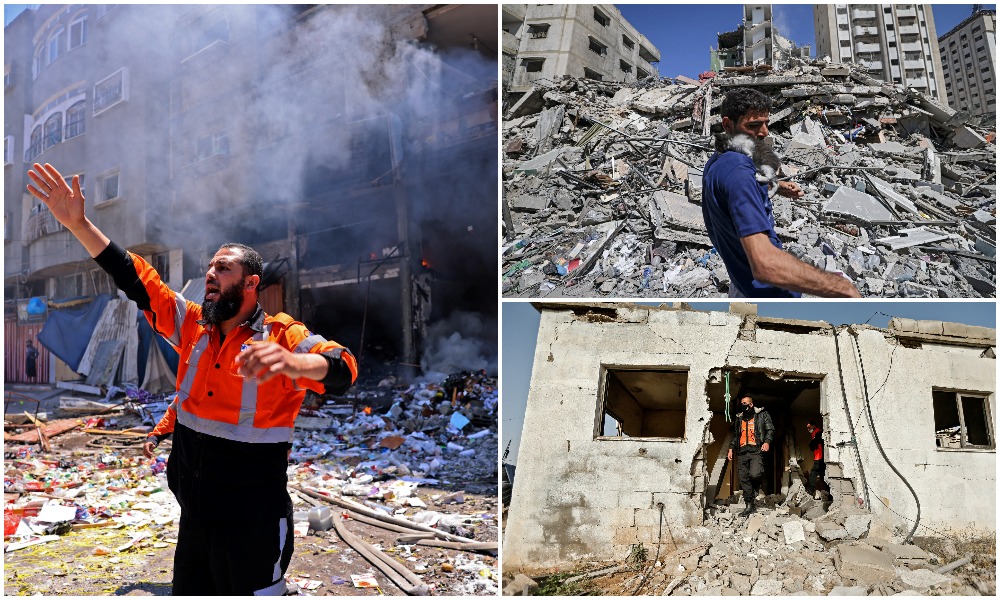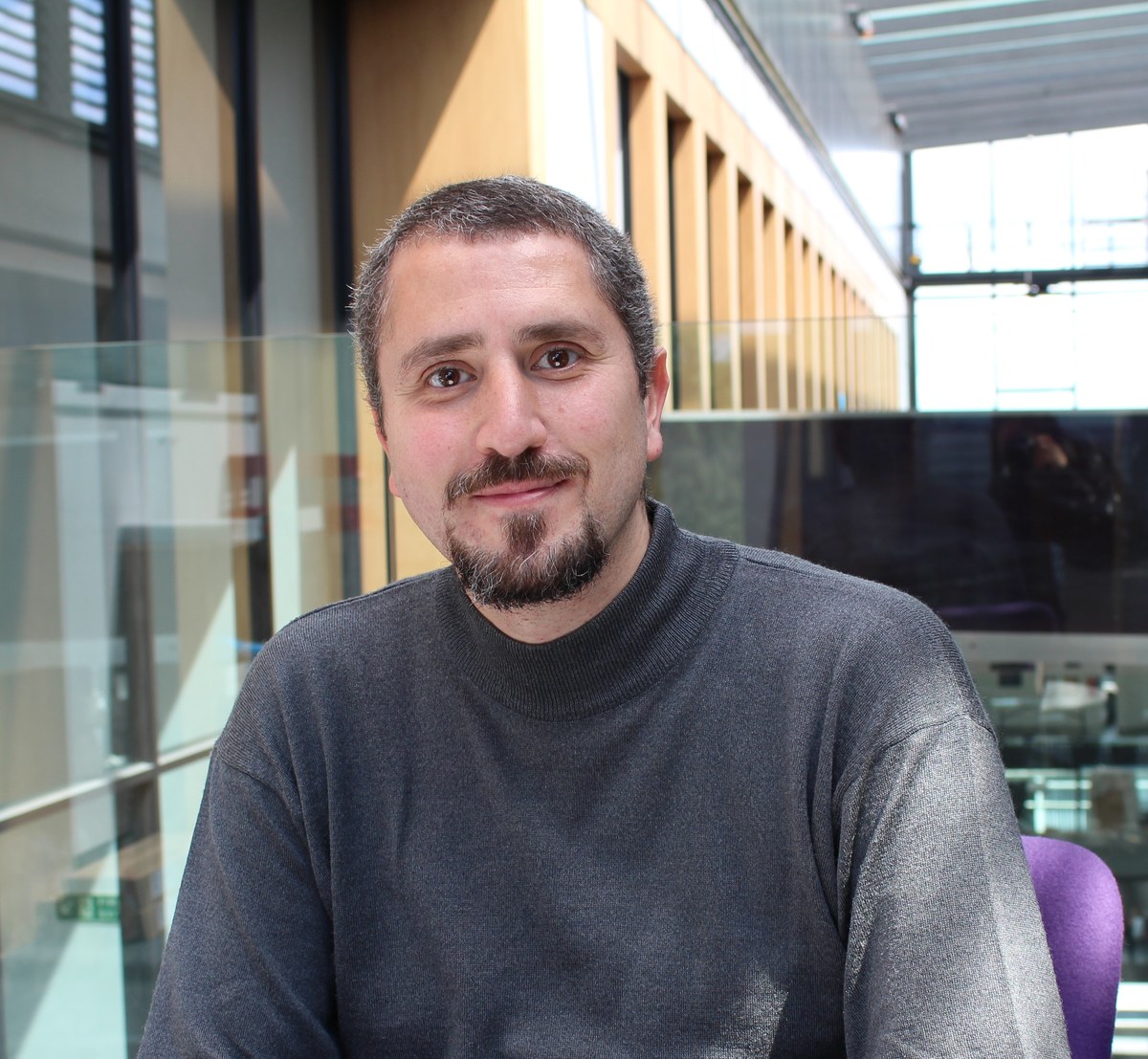
DUBAI: For Palestinians living in the Gaza Strip, “home” is a concept that rarely conjures images of safety and stability.
Israel and Hamas have fought four short but savage wars since the militant group seized control of this sliver of territory in 2007.
With each wave of violence comes a fresh cycle of destruction and reconstruction, a “recycling of pain,” as Mohamed Abusal, an artist based in Gaza, told Arab News.
At the end of May, tens of thousands of Palestinians returned to their homes in Gaza to inspect the damage following 11 days of fighting — the gravest escalation in hostilities since the 2014 war.
According to Palestinian officials, at least 2,000 housing units were destroyed and 15,000 damaged by the latest bout of violence, further degrading the already fragile humanitarian situation in Gaza, long squeezed by an Israeli and Egyptian blockade.
Gaza had not yet recovered from the 2014 war when the fighting resumed on May 10. Older buildings now stand like crumbling tombstones alongside newly shattered edifices. It is a sight all too familiar to residents of the territory.
To help redefine Gaza’s ravaged urban topography, Palestinian architect Salem Al-Qudwa has developed a series of designs for self-build homes, which are flexible, green and affordable.
The innovative design means the units can be built on sand or rubble and easily slotted together, allowing extended families to live under one roof — a potential lifeline for those widowed or orphaned by the recent fighting.
“These are homes that can empower the Gazan community,” said Al-Qudwa, a fellow of the Conflict and Peace with Religion and Public Life program at Harvard Divinity School.


“The Israelis destroyed multi-story buildings and threw their inhabitants into poverty. They have lost everything. This is the problem right now, this endless cycle of destruction and reconstruction, but, more importantly, destroying the physical as well as social fabric of Gazan society.”
Al-Qudwa was appalled to see a repeat of the havoc wreaked on Gaza in 2014.
“Those attacks pushed Gaza back by several decades, destroying the infrastructure of many parts of the city and also the social fabric, which is crucial in relation to housing,” he said. “Now the conflict in 2021 is pushing Gaza back 50 years.”
The 2014 war destroyed around 18,000 homes, leaving an estimated 100,000 Palestinians homeless. However, the temporary wooden structures built by international aid agencies involved in post-war reconstruction were not conducive to the needs of large families and did not provide adequate temperature controls.
Instead of consulting with locals on how to proceed with Gaza’s reconstruction, aid agencies turned to foreign architects, “coming to replace our social structure with a mud house, a sandbag or a wooden shelter,” Al-Qudwa said.
Robert Oppenheimer, father of the atomic bomb, wrongly stripped of security clearance, US says
The Biden administration has reversed a decades-old decision to revoke the security clearance of Robert Oppenheimer, the physicist called the father of the atomic bomb for his leading role in World War II’s Manhattan Project. U.S. Energy Secretary Jennifer Granholm...
Powerball: See the winning numbers in Saturday’s $149 million drawing
It’s time to grab your tickets and check to see if you’re a big winner! The Powerball lottery jackpot continues to rise after one lucky winner in Kansas won $93 million in the November 19 drawing. Is this your lucky night? Here are Saturday’s winning lottery numbers:...
US charges Sam Bankman-Fried with defrauding investors
The US Securities and Exchange Commission (SEC) has charged Sam Bankman-Fried with "orchestrating a scheme to defraud investors" in the failed cryptocurrency exchange FTX. The former FTX boss was arrested on Monday. Mr Bankman-Fried built a "house of cards on a...
Medina County Scam Squad coming to residents’ rescue
Both local and widespread scams have been claiming victims for years, continuing to increase and change as technology and other factors evolve. To combat this, the Medina County Office of Older Adults and the Medina County Prosecutor’s Office have worked together to...
Ohio man who hid camera in bathroom to record children sentenced to 20 years in prison
A federal judge sentenced a man to 20 years in prison for creating child pornography, including using a hidden camera in a bathroom to secretly record children. Timothy Wright, 50, of Dublin, Ohio, also will spend 10 years on supervised released once he completes his...
Submit your event
We will be happy to share your events. Please email us the details and pictures at publish@profilenewsohio.com
Address
P.O. Box: 311001 Independance, Ohio, 44131
Call Us
+1 (216) 269 3272
Email Us
Publish@profilenewsohio.com

